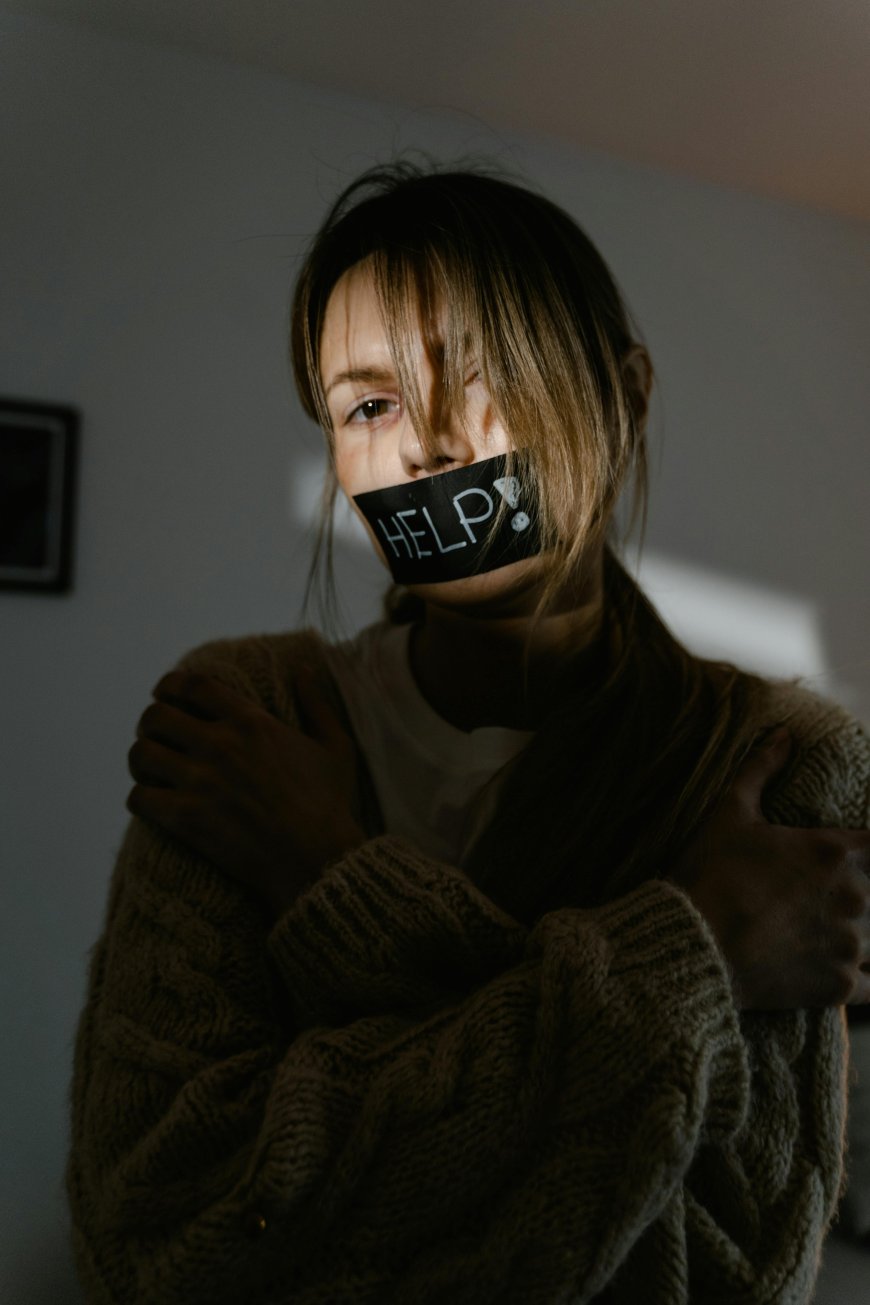No-One Comes for Us: Women Trapped in Afghanistan's Mental Health Crisis
Afghan women face isolation, trauma, and neglect in a broken mental health system as conflict and societal restrictions leave them trapped.

In a quiet Kabul hospital ward, lined with empty beds and dim lights, dozens of women sit silently, their eyes reflecting pain that has no voice. “No-one comes for us,” whispers one woman, her hands trembling as she clasps a faded scarf. These are the women caught in Afghanistan’s fractured mental health system—trapped between trauma, societal restrictions, and a state unable or unwilling to provide care.
Since the Taliban regained control, mental health services for women have deteriorated sharply. What was already a system stretched thin by decades of conflict is now almost nonexistent. For Afghan women, the barriers are not only financial or structural—they are deeply cultural and political.
The Hidden Epidemic of Mental Illness
Afghanistan has long been a country scarred by war, displacement, and violence. Mental health issues such as depression, anxiety, and post-traumatic stress disorder (PTSD) have become widespread. But women face a unique set of challenges:
- Gender-based restrictions: Women’s movement is severely limited, reducing access to healthcare.
- Social stigma: Seeking mental health treatment can lead to social ostracism or even family rejection.
- Shortage of female professionals: Cultural norms often prevent women from seeing male doctors, yet there are too few female mental health specialists.
According to local health workers, a staggering majority of women with mental health conditions remain untreated. For them, the hospital is both a refuge and a reminder of isolation—a place where care exists in theory but is often unreachable in practice.

Life Inside the Mental Health Wards
Walking into an Afghan mental health facility is an experience that blends hope and despair. The wards are crowded, underfunded, and often under-staffed. Patients sit quietly in corners, some rocking back and forth, others staring blankly at peeling walls.
One nurse, who requested anonymity, explains: “Many women arrive here after years of suffering in silence. Some have been beaten by family members, some lost children to violence. They come seeking help, but we are few, and resources are almost none.”
Conditions in the wards are basic: scarce medication, outdated equipment, and limited therapy sessions. Privacy is minimal, and overcrowding is common. Despite these challenges, medical staff persevere, often working long hours for minimal pay, motivated by a sense of moral duty rather than institutional support.
The Emotional Toll: Stories That Haunt
Among the women, every story is a narrative of survival. One 28-year-old, Mariam, recounts losing her husband in a drone strike. With no relatives to support her, she was forced to move in with extended family, where abuse and neglect became daily life. “I stopped speaking,” she says, tears streaming. “I thought silence would protect me, but it only made me feel invisible.”
Another young woman, aged 19, struggles with depression after witnessing her village destroyed. “I was told to pray and be patient,” she says. “But sometimes, prayer does not fill the emptiness inside.”
These stories illustrate more than individual trauma—they highlight systemic failure. Afghan women live in a society where their mental health is rarely a priority, and where political upheaval only deepens despair.
Barriers to Care in a Restrictive Society
Several factors keep women trapped in this mental health crisis:
- Cultural expectations: Women are expected to endure hardship silently, and seeking psychological help is often viewed as shameful.
- Economic dependence: Most women cannot access treatment without male consent or financial support.
- Security concerns: Traveling to clinics can be dangerous, especially in areas with ongoing conflict.
- Limited infrastructure: Many regions lack even basic mental health facilities, leaving rural women completely isolated.
These barriers mean that mental illness often goes untreated, leading to worsening conditions, self-harm, and, in extreme cases, death.
The Role of NGOs and International Aid
In the absence of robust state support, NGOs and humanitarian organizations provide crucial services. They offer counseling, emergency support, and education on mental health awareness.
Key interventions include:
- Mobile mental health clinics reaching remote villages
- Safe spaces for women to discuss trauma
- Training programs for female mental health professionals
Yet, these efforts are fragile. Many NGOs face funding shortages, political restrictions, and safety threats. The withdrawal of international forces has compounded the crisis, leaving organizations scrambling to maintain essential programs.
Small Victories, Big Challenges
Despite systemic failures, there are glimmers of hope. Some women have received therapy, formed support networks, and regained confidence in their lives. Mental health professionals emphasize the importance of community support and culturally sensitive care.
Local initiatives, such as women-led counseling groups, have shown promise in urban centers. These programs create safe spaces for women to share experiences, learn coping strategies, and access limited resources.
Still, these victories remain isolated. For the majority, life continues in the shadows of trauma, with few prospects for sustained recovery.
A Global Call to Action
The situation in Afghanistan is not just a local tragedy; it is a human rights crisis demanding international attention. Global stakeholders, from governments to humanitarian organizations, face moral and ethical imperatives:
- Increase funding for women’s mental health programs
- Train female mental health workers
- Promote policies that prioritize mental well-being in conflict zones
- Raise awareness to reduce stigma and empower women to seek help
Every day that passes without meaningful intervention, more women fall deeper into despair. The world’s response—or lack thereof—will shape the future of a generation of Afghan women.
Conclusion: The Urgent Need for Change
Afghanistan’s women remain trapped in a mental health system that fails to meet their needs, leaving them vulnerable, isolated, and voiceless. Their stories—of suffering, resilience, and quiet courage—demand attention.
“No-one comes for us,” they say. But the world can. Through funding, advocacy, and targeted action, international communities can begin to rebuild a system that protects and empowers Afghan women. The stakes are high, but the opportunity for meaningful change is urgent—and moral.
FAQs
1. Why are Afghan women particularly vulnerable to mental health crises?
Cultural restrictions, violence, and limited access to female healthcare providers make women especially at risk for untreated trauma and depression.
2. How many mental health facilities exist for women in Afghanistan?
Exact numbers are scarce, but reports indicate that only a fraction of the population has access to even basic mental health services, particularly outside urban centers.
3. What role do NGOs play in supporting Afghan women?
NGOs provide counseling, safe spaces, mobile clinics, and training programs for female mental health professionals, though resources are limited.
4. Are there initiatives to train more female mental health workers?
Yes, some NGOs and international programs focus on training women to provide culturally sensitive care, but political instability and funding gaps limit scalability.
5. How can the international community help?
Through funding, advocacy, policy support, and collaboration with local organizations, the global community can strengthen Afghanistan’s mental health infrastructure for women.
What's Your Reaction?
 Like
2
Like
2
 Dislike
0
Dislike
0
 Love
0
Love
0
 Funny
0
Funny
0
 Angry
0
Angry
0
 Sad
0
Sad
0
 Wow
0
Wow
0


































































